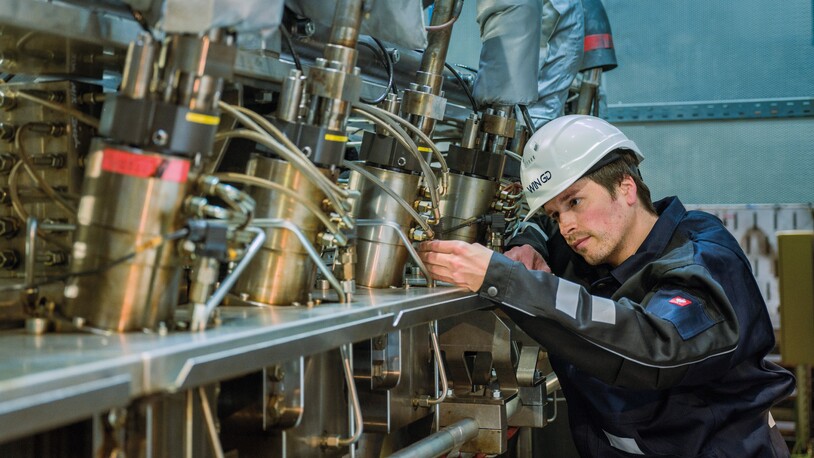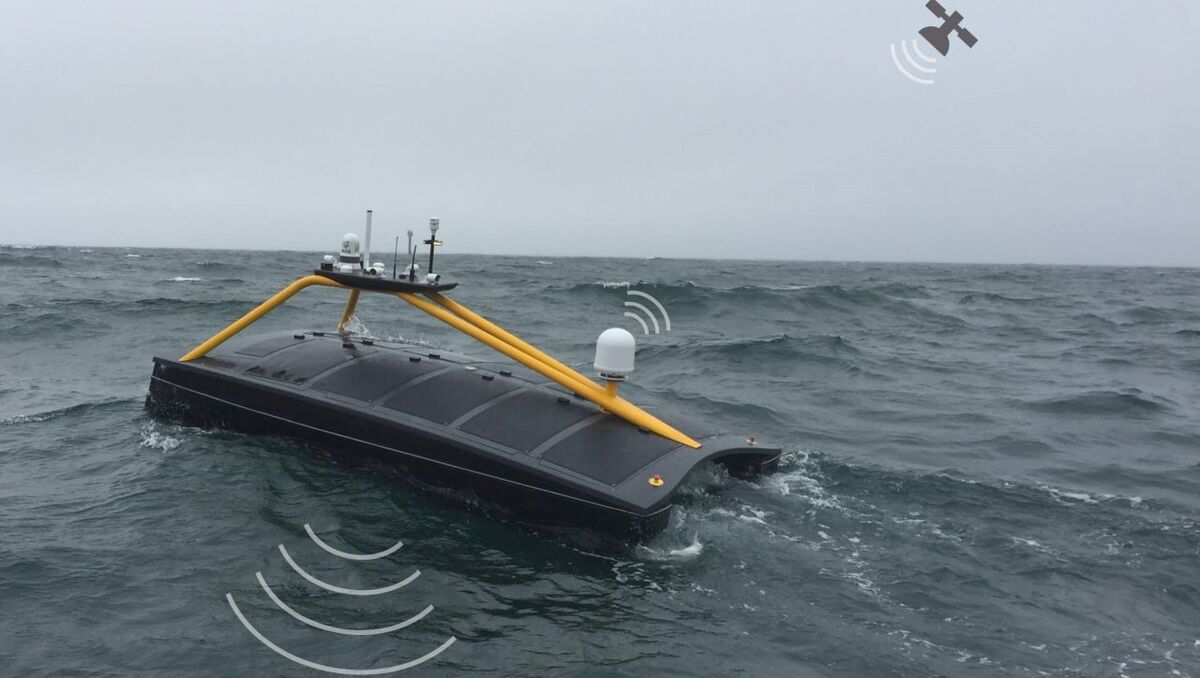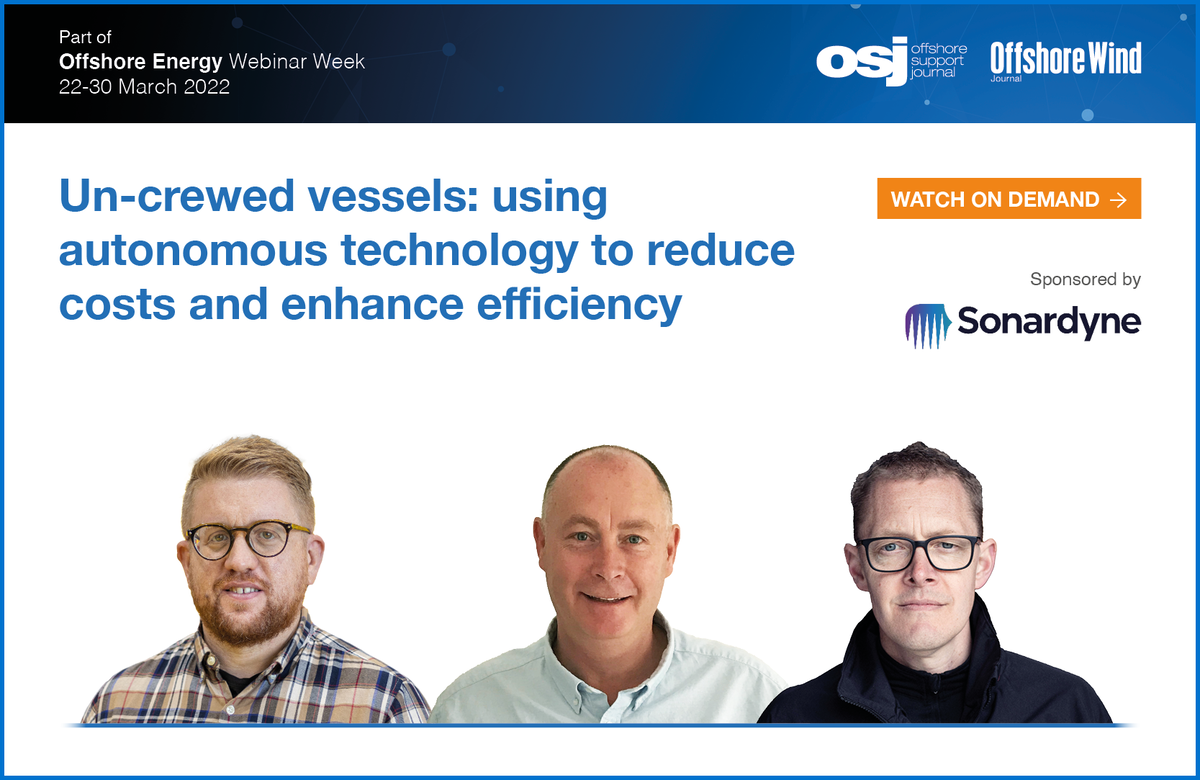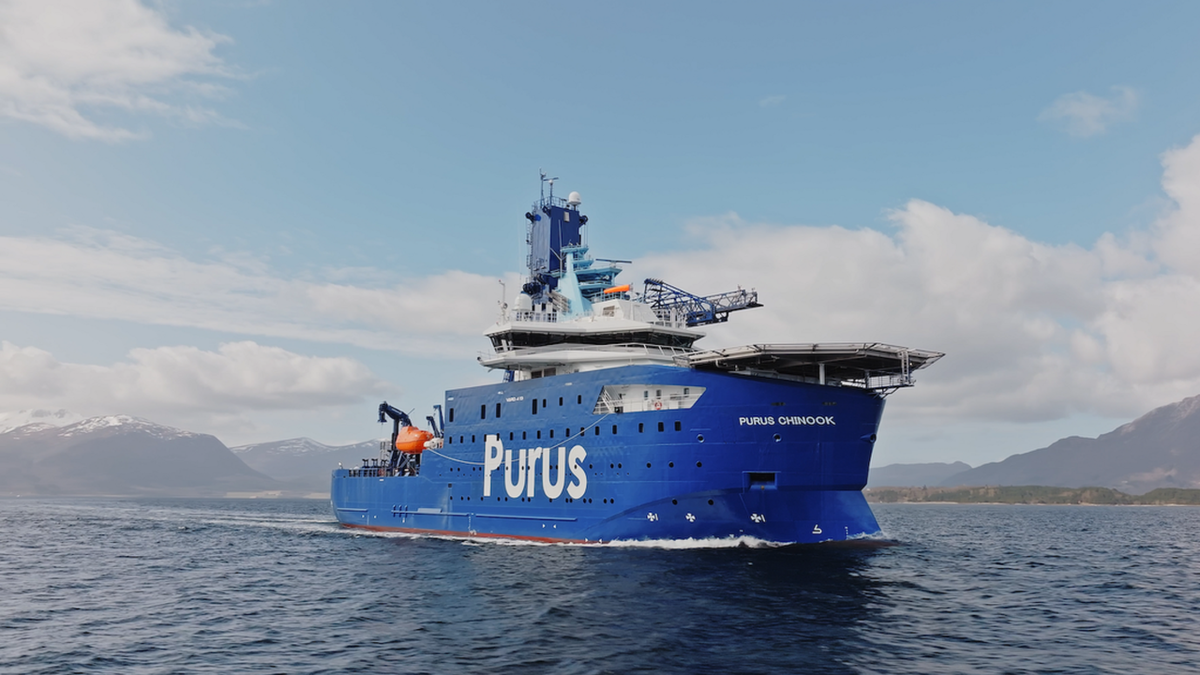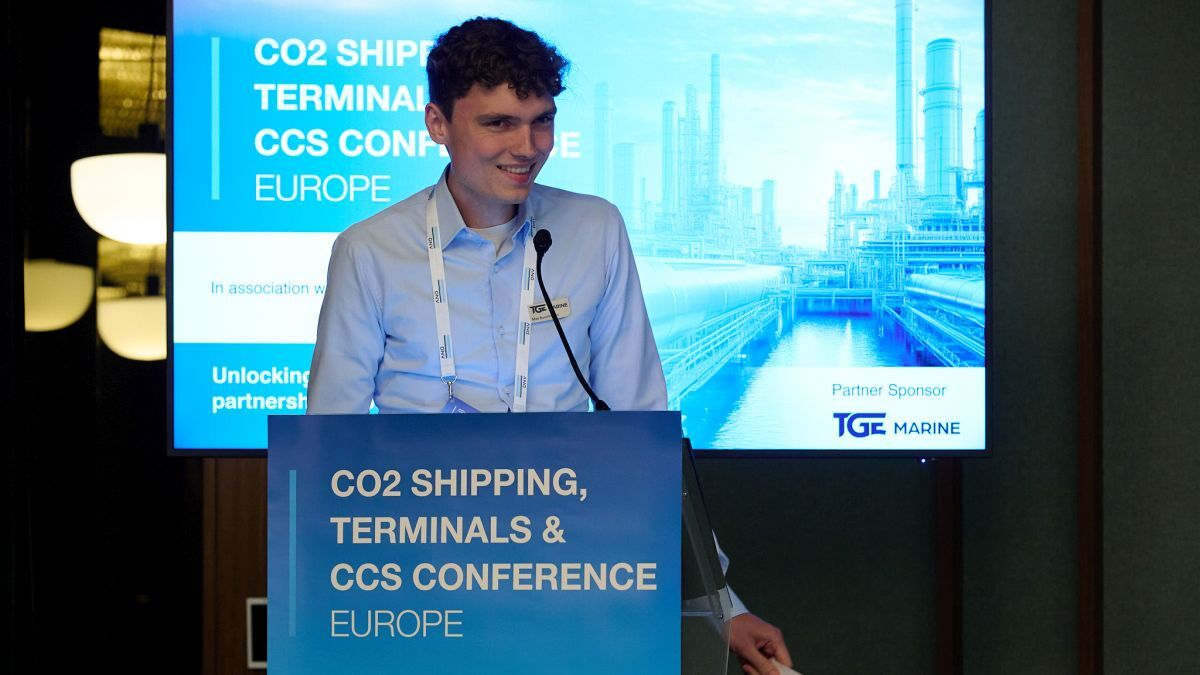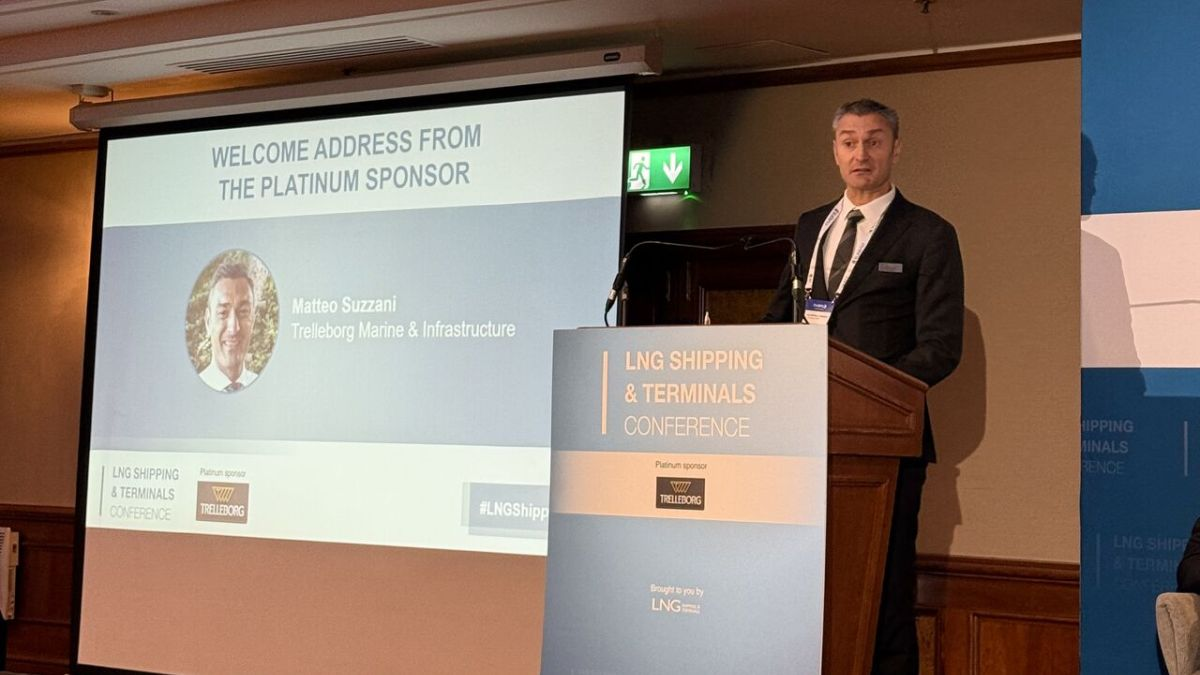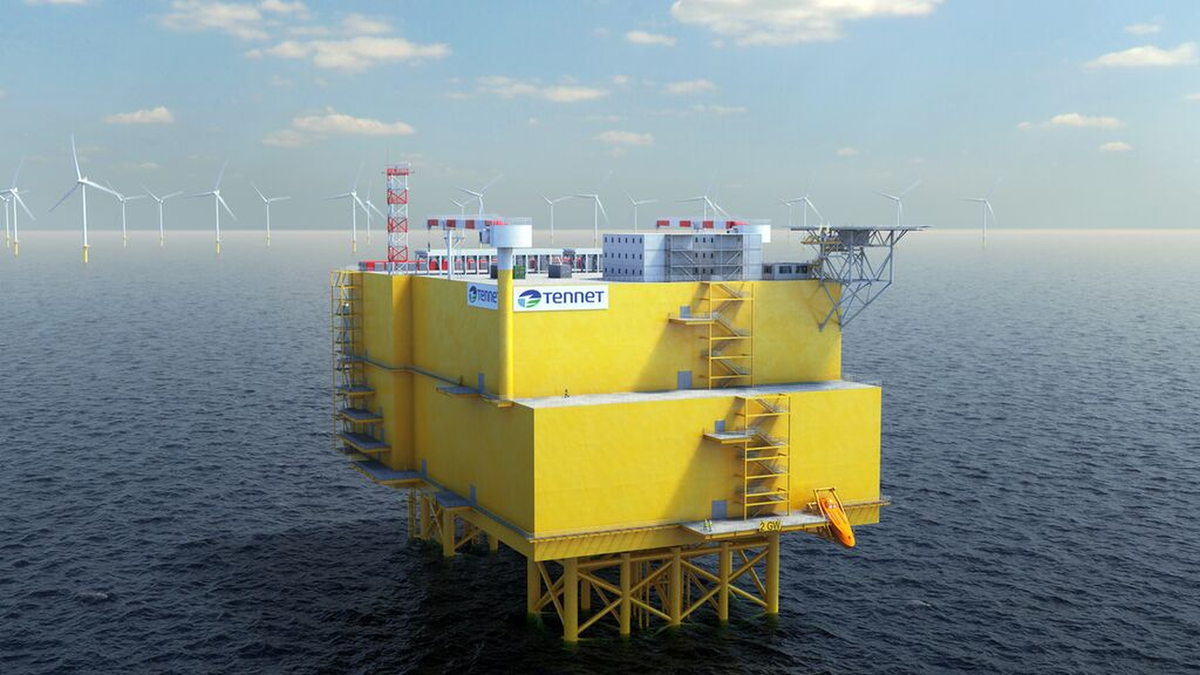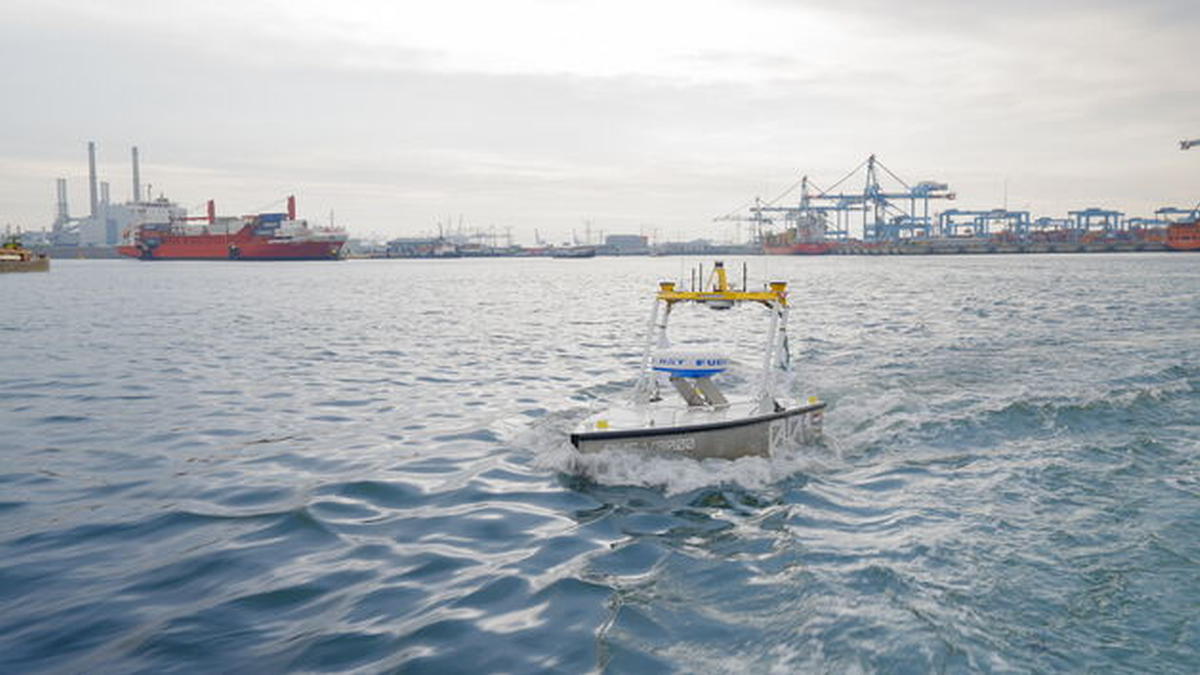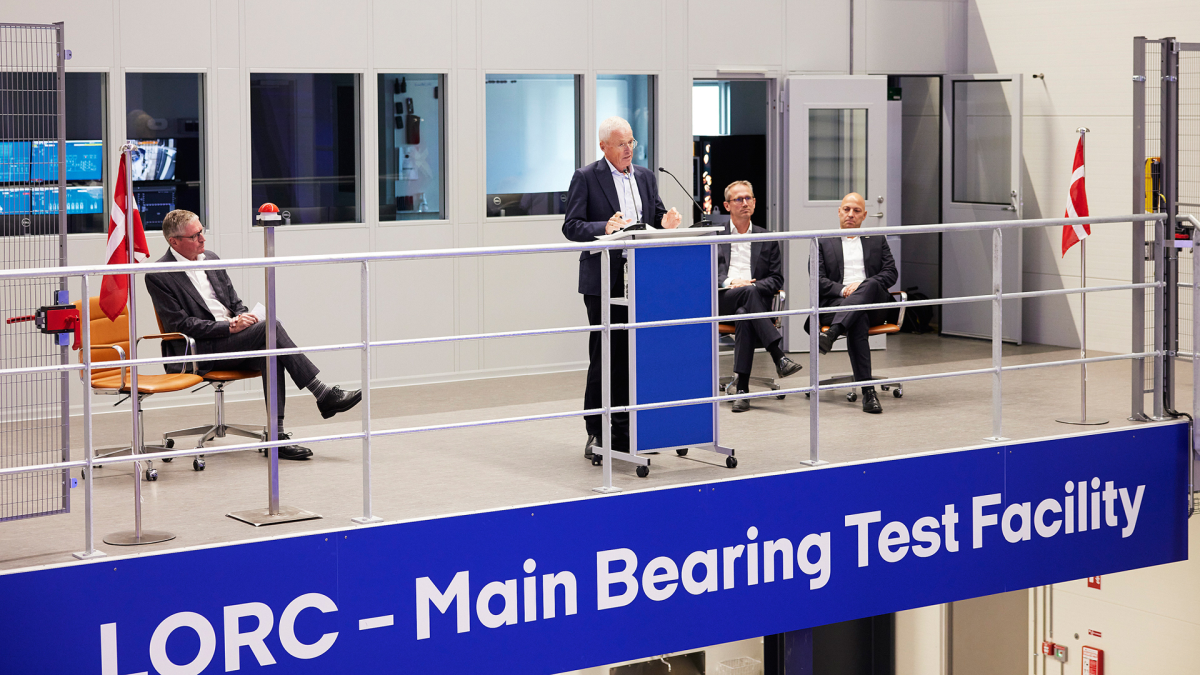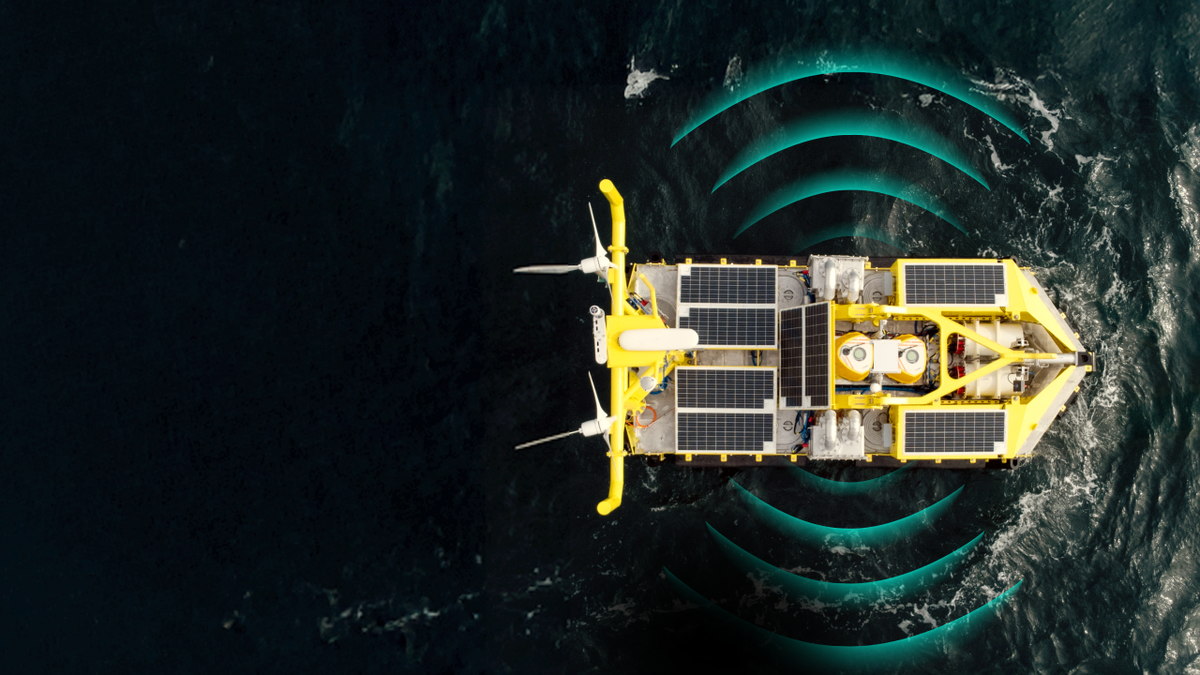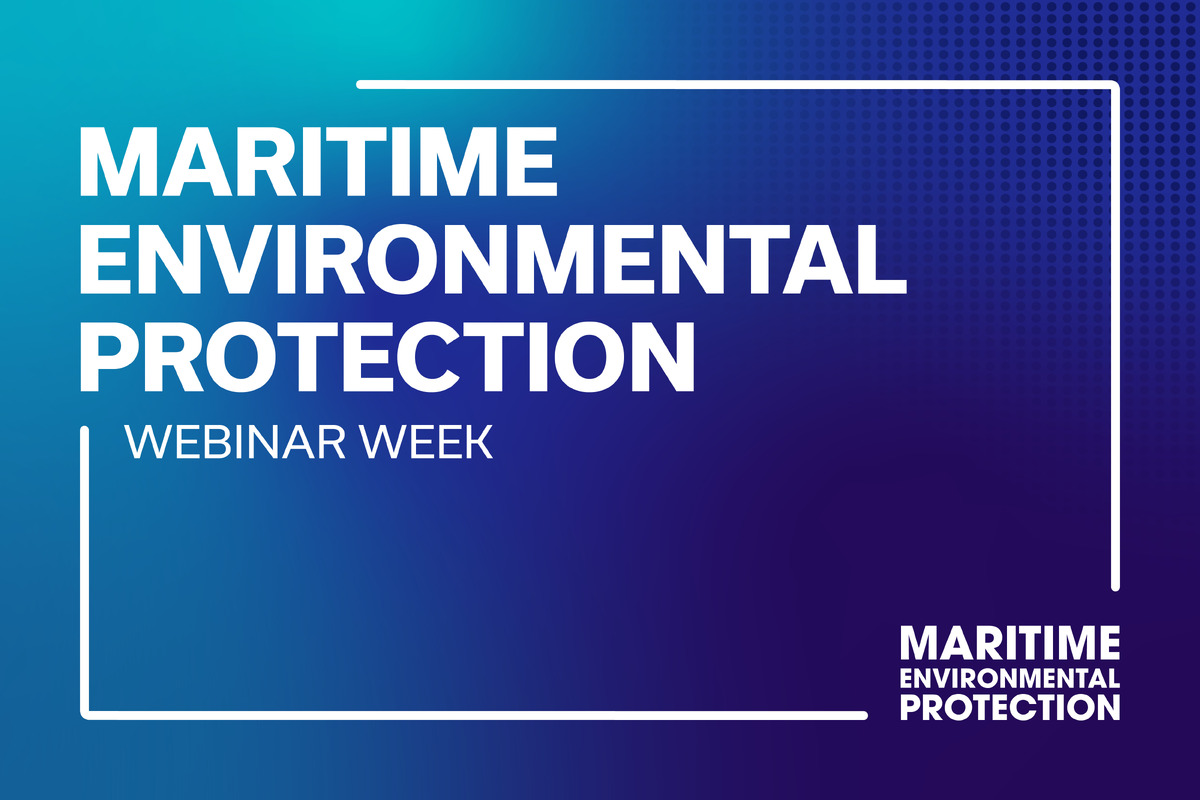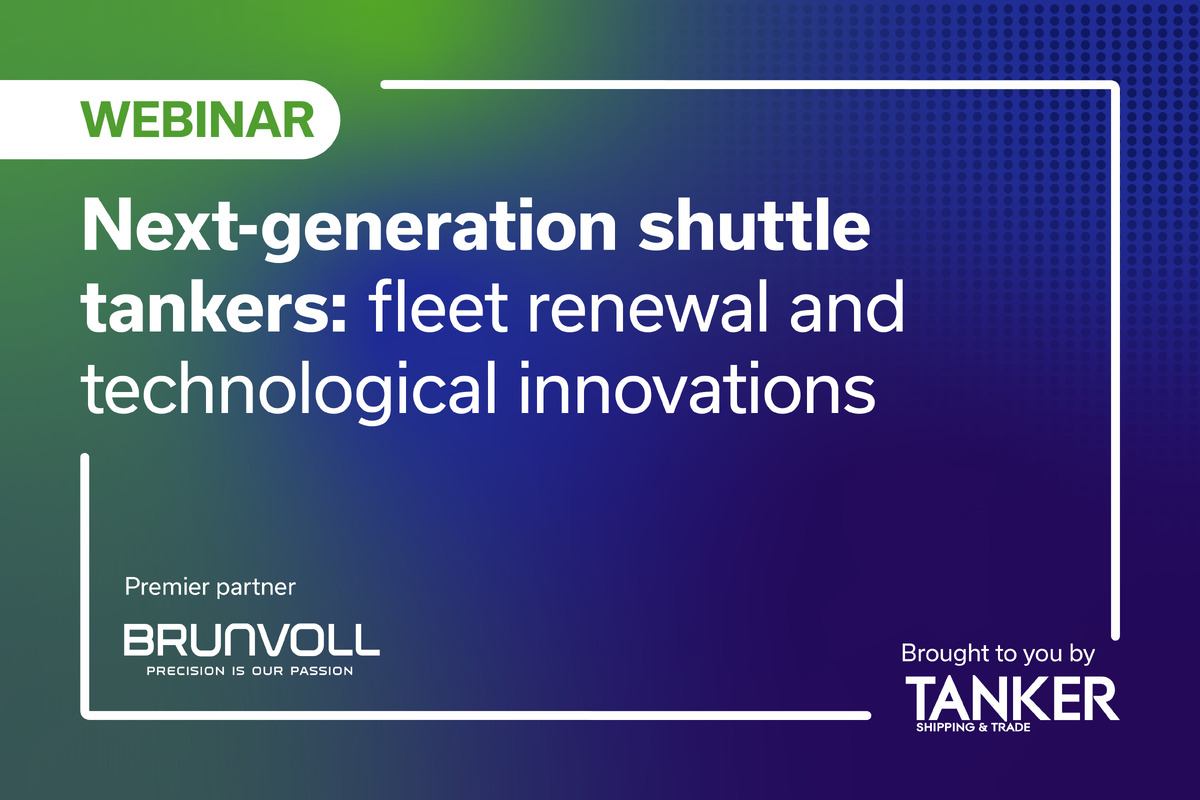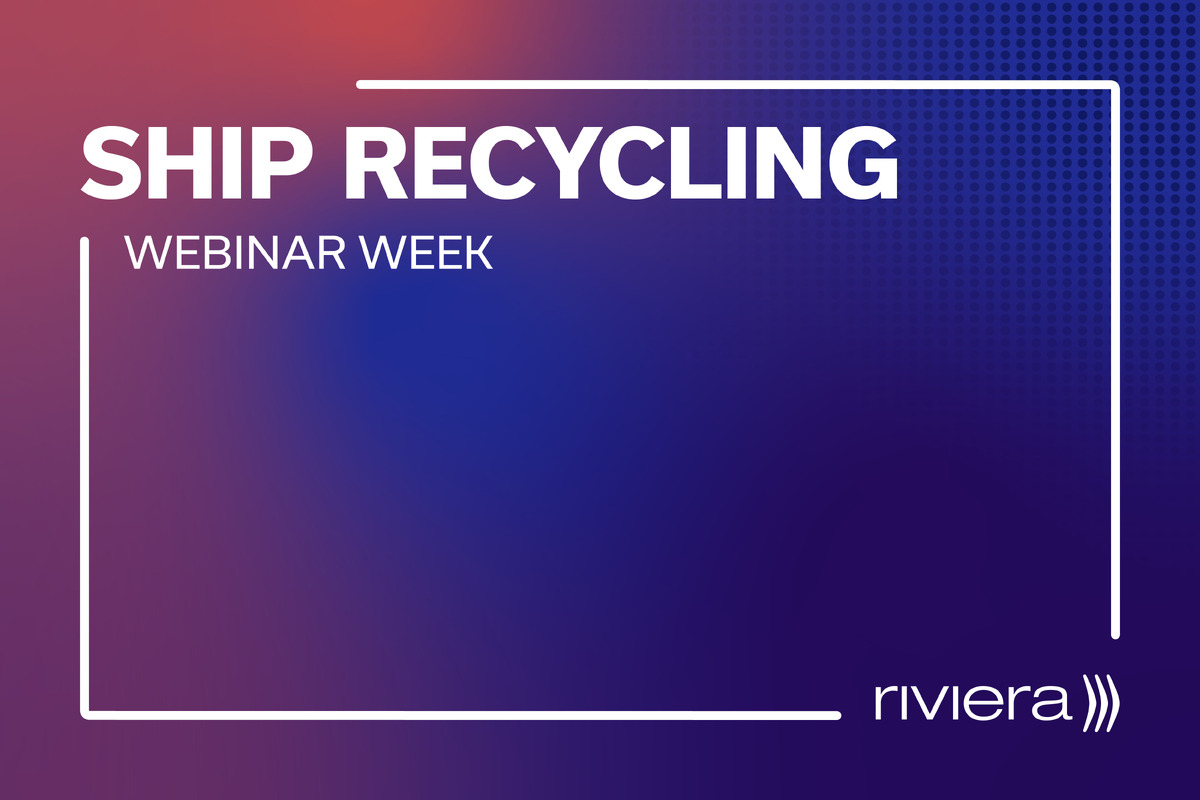Business Sectors
Events
Marine Coatings Webinar Week
Contents
Register to read more articles.
Uncrewed armada can quickly provide much-needed offshore survey capability
The fast-expanding offshore energy industry needs more data. To obtain that data it needs survey vessels, and uncrewed surface vessels are set to collect much of it
As the Blue Economy rapidly expands, the world needs more data about the offshore environment. Building manned survey vessels takes time. Compared with uncrewed surface vessels (USVs), they are expensive to build and expensive to operate. This means USVs offer a faster way to gather data offshore.
These were some of the overarching conclusions from Riviera Maritime Media’s Offshore Energy Webinar Week webinar Uncrewed vessels: using autonomous technology to reduce costs and enhance efficiency, which took place 22 March 2022, sponsored by Sonardyne.
Presenters at the event included Sonardyne business development manager marine robotics Aidan Thorn; SEA-KIT commercial director Liam Campbell; and XOCEAN founder and chief executive James Ives.
All agreed that USVs are set to play an ever-growing role in the offshore energy space and that the number of USVs in daily use is set to increase rapidly, not least because of fast growth in the offshore wind sector and the diverse roles assigned to uncrewed vessels over the lifetime of an offshore windfarm, from development to decommissioning.
They also agreed that apart from meeting the ever-growing needs of the energy industry for data, and doing so cost-effectively, USVs have another huge advantage compared with manned survey vessels. Put simply, said Mr Ives, compared with manned vessels, a USV produces negligible amounts of pollution. “Our USVs can collect all of the data a manned vessel can, but they do so with around a thousandth of the emissions of a manned unit,” Mr Ives explained.
He provided figures to back up that assertion too. Typically, he said, whereas a manned survey vessel with 50-60 people on board might produce 24 tonnes of CO2 per day, one of XOCEAN’s USVs only produces around 0.02 tonnes/day. “It is our goal to displace 1M tonnes of CO2 from offshore survey operations over the next five years,” he told delegates. As he also noted, economically, USVs are much more cost-effective: whereas a manned vessel demands a high day rate, a USV can be contracted for a fraction of the cost, at a fixed price.
However, USVs won’t entirely displace crewed survey vessels, as Mr Thorn explained. In the short to medium term, there will be opportunities for crewed and uncrewed vessels, often working together.
Using technology provided by Sonardyne, he suggested, crew transfer vessels, which are primarily used to transfer windfarm technicians from shore to wind turbines, could also deploy remotely operated vehicles or autonomous underwater vehicles.
Mr Campbell highlighted USVs’ much lower build costs and through-life costs compared with crewed survey vessels. “The cost of building a USV is around 2% of the cost of building a crewed vessel,” he said. “USV operating costs are around 10% of those of a crewed vessel. There’s no comparison. This needs to be borne in mind when you think the world faces a shortage of survey vessels.” And USVs have another major advantage. Compared with the time it takes to build a crewed vessel, building a USV takes around a third of that.
Mr Ives explained that, at present, there are less than 100 USVs in operation worldwide, but that figure is growing rapidly. “There aren’t enough USVs to meet demand,” said Mr Campbell. “There is massive interest in them from the market. The next decade will see a massive increase in the number of USVs of all kinds.”
And as if the advantages of USVs outlined above aren’t enough, they have another major advantage in that they can continue survey work, collecting data, in worse environmental conditions than many crewed survey vessels.
Mr Ives said XOCEAN’s USVs have successfully collected data in significant wave heights exceeding 3 m. “Their weather window is larger than that of a crewed survey vessel,” he told delegates. “USVs are going to have a really important role in the coming decade because they will enable the industry to collect much more data than would be possible if the same budget were allocated to crewed survey ships,” he concluded.
“There is so much opportunity in the oceans. We need USVs to help unlock that potential,” said Mr Thorn. “We need the right survey tools for the job, and USVs will play a big part in that. Working with regulators has ensured that USVs are already being accepted for use worldwide.”
“The world has changed a lot in the last decade, and a huge amount more has changed in the last couple of years,” Mr Campbell concluded. “Vessel owners and operators everywhere will need to be open to using USVs and cognisant of their advantages.”
Poll results
How will most ocean data be collected five years from now?
67% said they expect uncrewed vessel would collect it.
What is the primary obstacles preventing the uptake of USVs?
43% said ‘capability’ and 31% said ‘confidence in results.’
What are the biggest benefits of using USVs?
60% said cost and 29% said their reduced environmental impact.
Do you already, or are you planning to utilise uncrewed systems offshore?
78% said they would turn to a dedicated service provider to do so rather than acquire their own USVs.
What is stopping you utilising uncrewed systems?
53% said investment in equipment, people and training. Only 18% said regulation was an issue.
Related to this Story
Events
Marine Coatings Webinar Week
Maritime Environmental Protection Webinar Week
Ship Recycling Webinar Week
© 2024 Riviera Maritime Media Ltd.

